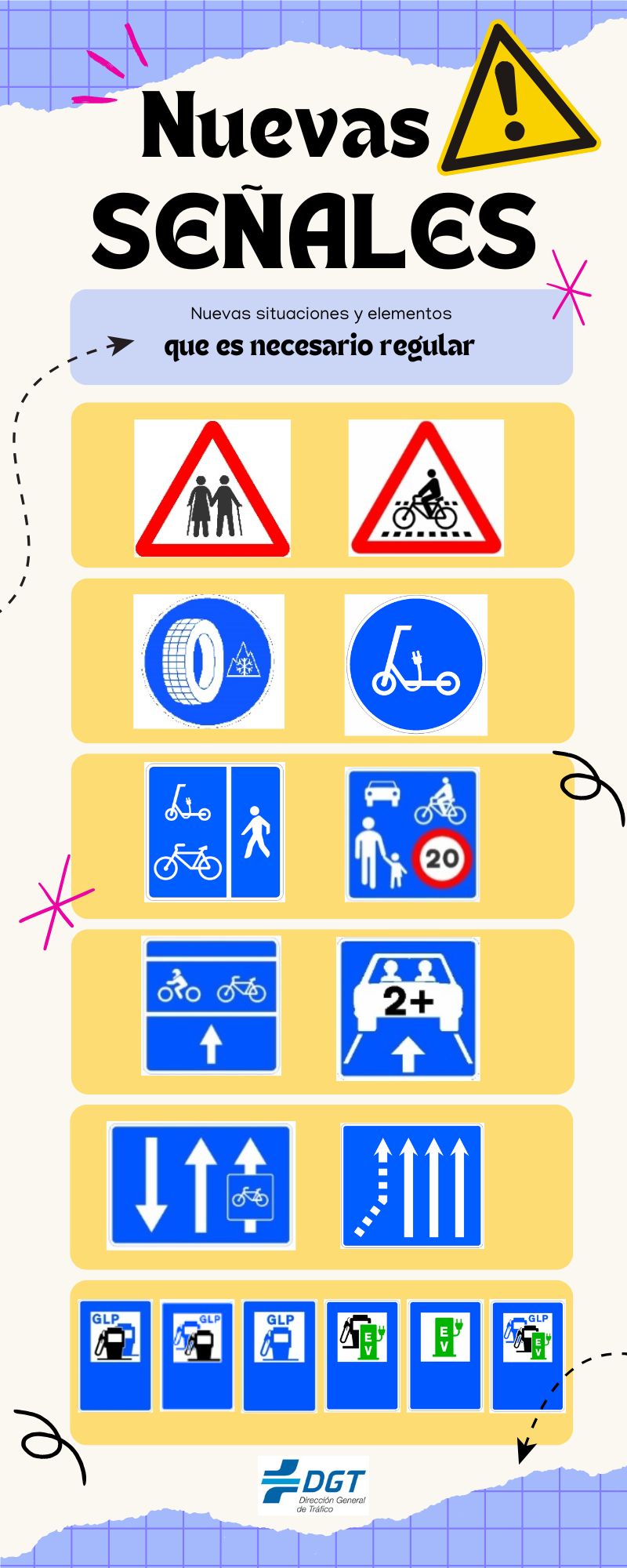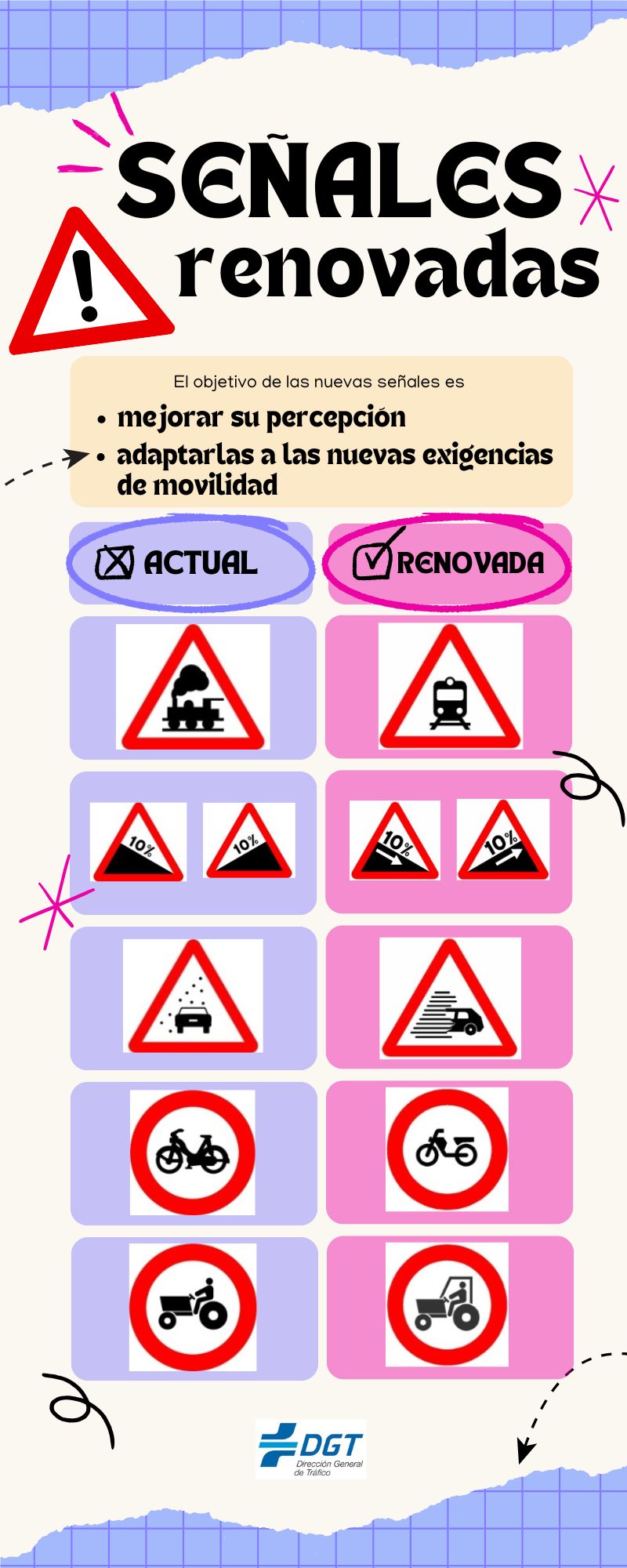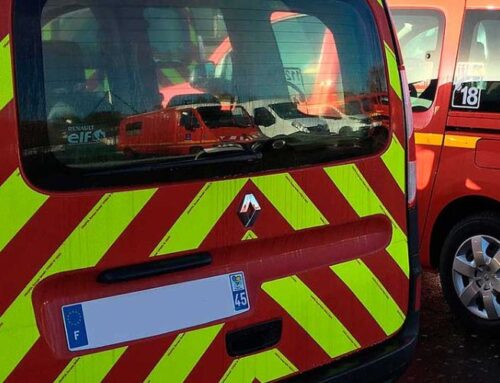New traffic signs 2025
The update of the official catalog of signs approved in June 2025 modernizes road signage in Spain to adapt to new mobility realities and reinforce safety. Under the umbrella of the General Traffic Regulations, the reform introduces revised pictograms, new signs, and clearer technical criteria (materials, sizes, placement, and visibility), with progressive implementation starting in 2025. The goal is twofold: better user understanding and greater uniformity across the road network, especially in urban environments.
Why are traffic signs being updated in 2025
Mobility has changed: personal mobility vehicles (PMVs) have emerged, Low Emission Zones (LEZs) are becoming consolidated, and the role of vulnerable users (pedestrians, cyclists, delivery riders) is increasing. Many of the current signs and pictograms did not accurately reflect these scenarios or the current standards of legibility, retroreflection, and durability.
The reform aims to:

For road managers and signage companies, this translates into new projects already with the 2025 catalog and gradual replacement of the existing stock as signage is renewed or when elements are removed.
Main changes in traffic signs 2025
The reform approved in June introduces key modifications that affect both the urban environment and the interurban environment. The changes not only involve new pictograms but also better adaptation to current mobility and sustainability commitments.
Personal mobility vehicles (PMV)
For the first time, specific signs for electric scooters and other PMVs are included. These indicate:
This change provides greater safety and clarity for both drivers and PMV users, reducing conflicts on the road.
Low emission zones (LEZ) and environment
The catalog includes new signs to identify:
These signs, recognizable by their green pictograms and clear messages, become mandatory for all municipalities with more than 50,000 inhabitants.
Strengthening road safety
Pictograms are updated and new signs are introduced at critical points:
The aim is to reduce accidents in black spots and improve driver anticipation.


Technical aspects and progressive implementation of the new signs
The implementation of the new 2025 traffic signs will not be immediate on all roads. The regulations establish a transition period for administrations and municipalities to adapt their signage in an orderly manner, avoiding confusion among drivers and pedestrians.
Learn more about road safety with T2S Ibérica
The arrival of the new 2025 traffic signs marks a turning point in the way mobility and road risk prevention are understood. At T2S Ibérica, we have been supporting administrations, companies, and professionals for more than three decades with high-visibility and road safety solutions that meet the most demanding European regulations.
From retroreflective sheets and road studs to impact attenuators and asphalt maintenance systems, we offer a specialized catalog to reinforce safety on any type of road. Our technical team provides personalized advice to help you choose the products best suited to your project’s needs.
We invite you to discover all the latest developments in road safety and explore the solutions available at T2S Ibérica, designed to ensure safer and more sustainable environments.





